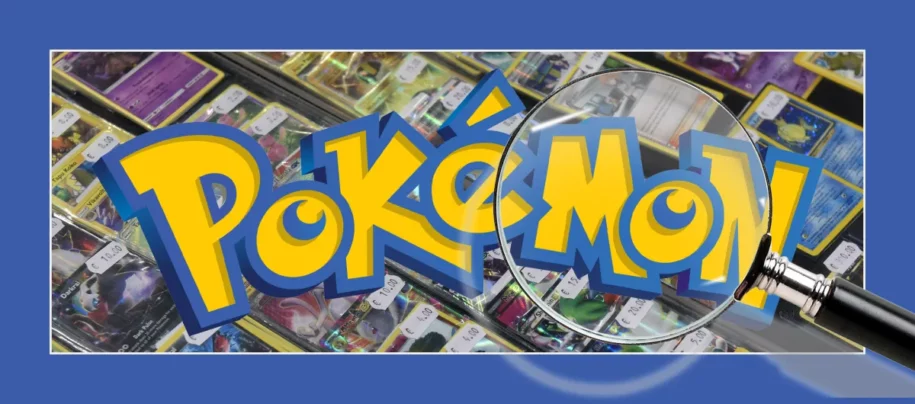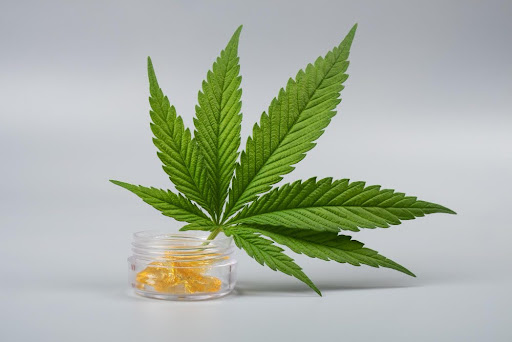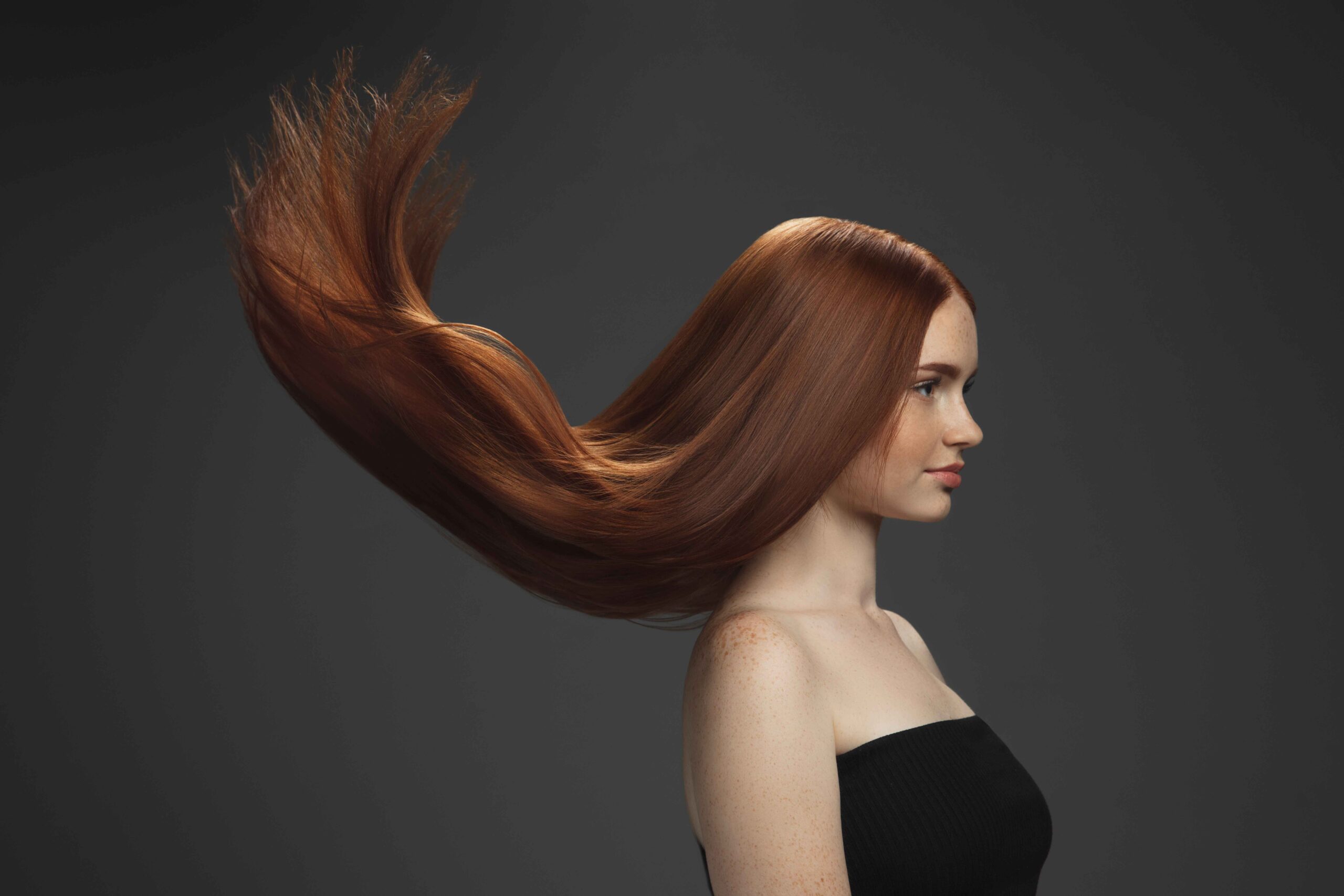How to Tell if a Pokemon Card is Fake: A Comprehensive Guide
The world of Pokemon cards can be exhilarating, filled with powerful creatures, strategic battles, and the thrill of collecting rare treasures. Unfortunately, amidst this excitement lurks a shadow: fake cards. These counterfeits can be tricky to spot, potentially draining your wallet and dampening your collecting experience. But fear not, trainers! This comprehensive guide equips you with the knowledge and tools to identify fake Pokemon cards like a true detective.
The Telltale Signs: Visual Inspection

-
Card Back: The back design of a Pokemon card is a goldmine of clues. Real cards have a consistent, intricate pattern with sharp lines and vibrant colors. Fake cards, on the other hand, often suffer from:
- Blurry or misaligned patterns: Look for inconsistencies in the Poke Ball design, text, or borders.
- Dull or off-color printing: Genuine cards boast crisp, saturated colors. Fakes may appear faded or have inaccurate hues.
- Missing details: Scrutinize the copyright information, expansion symbol, and HP bar. Omissions or errors point to a forgery.
-
Card Front: Turn your detective skills to the card’s face. Be wary of:
- Fuzzy text and artwork: Real cards showcase sharp, defined fonts and illustrations. Fakes may exhibit pixelation, blurry lines, or uneven coloring.
- Incorrect fonts or symbols: Fonts should match the official Pokemon style guide. Unusual symbols or text inconsistencies scream fake.
- Holographic foil: Real holos shimmer and shift with movement, while fakes appear flat or have unnatural patterns.
-
Card Material: Feel the card! Genuine Pokemon cards are made of sturdy cardboard with a slight texture. Fakes can be:
- Flimsy or bendable: They may feel like cheap paper and bend easily.
- Too stiff or plasticky: The material might be unnatural and uncomfortable to hold.
- Unevenly cut: Edges might be jagged or misaligned.
Beyond the Surface: Advanced Techniques

-
The Black Core Test: This destructive method involves tearing the card (not recommended for valuable cards!). Real cards have a thin black layer sandwiched between the cardboard. Fakes typically lack this layer.
-
Size Comparison: Place your suspect card next to a known genuine card of the same set. Slight discrepancies in size or shape can indicate a fake.
-
Online Resources: Utilize the vast knowledge of the Pokemon community! Websites like TrollandToad and Bulbapedia offer detailed guides and comparisons to help you identify fakes.
-
Professional Grading Services: For valuable or questionable cards, consider professional grading from PSA, CGC, or Beckett. These experts have the tools and expertise to definitively authenticate your cards.
Remember, Trainer:
- If it seems too good to be true, it probably is. Be cautious of unusually low prices or deals that seem too tempting.
- Buy from reputable sources. Trust official retailers, established game stores, and community-vetted sellers.
- Don’t be afraid to ask questions. If you have doubts, inquire about the card’s origin and condition before purchasing.
By employing these tips and staying vigilant, you can navigate the world of Pokemon cards with confidence, ensuring your collection remains authentic and your passion for the game burns bright. Remember, trainers, the thrill of the hunt is just as rewarding as the ultimate catch. So, sharpen your detective skills, stay informed, and keep the fake Pokemon at bay!
Deepen Your Detective Skills: Advanced Strategies for Exposing Fake Pokemon Cards
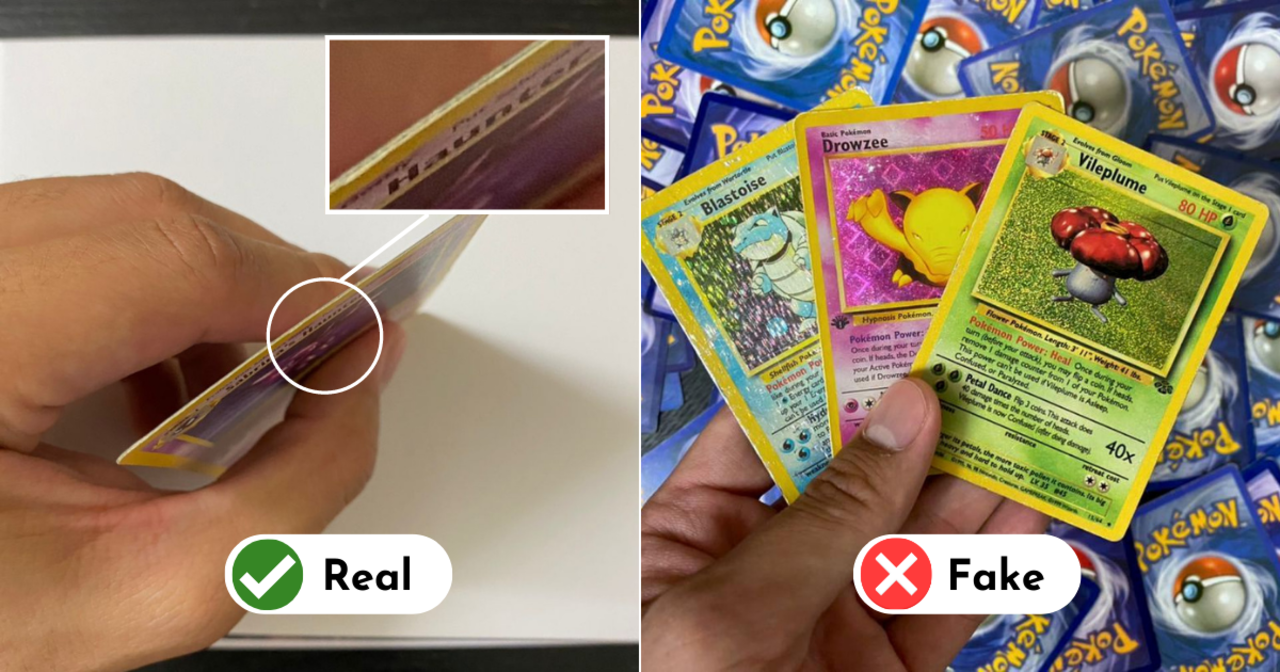
Armed with the foundation from our previous section, let’s delve deeper into the fascinating world of detecting counterfeit Pokemon cards. Consider these advanced strategies to hone your skills and become a true card connoisseur:
Mastering the Magnifying Glass:
- Holographic Scrutiny: Equip yourself with a magnifying glass. Real holos shine with intricate diamond patterns that shift and change under close inspection. Fakes often show repetitive, static patterns or a dull, film-like coating.
- Textual Forensics: Analyze the font under magnification. Authentic fonts display crisp edges, consistent spacing, and clear serifs (small decorative lines at the ends of strokes). Fakes might exhibit blurry edges, uneven spacing, or missing serifs.
- Art Appreciation: Examine the artwork closely. Real cards boast sharp lines, vibrant colors, and intricate details. Fakes may have dull colors, blurry lines, or inconsistent shading.
Beyond the Visual: Research and Analysis

- Pokedex Power: Utilize Bulbapedia, the Pokemon encyclopedia, to research the specific card. Check attack descriptions, evolution lines, HP values, and release dates. Inconsistencies with official data raise red flags.
- Set Savvy: Familiarize yourself with the specific set your card belongs to. Variations in card layout, text formatting, and even holo patterns can exist between sets. Knowing the standard for your card’s set empowers you to spot deviations.
- Community Connection: Leverage online forums and communities dedicated to Pokemon card collecting. Share pictures of your suspect card and seek the expertise of experienced collectors. Their combined knowledge can provide valuable insights.
Protecting Yourself and Your Collection:
- Seller Scrutiny: When buying cards online, research the seller’s reputation. Check reviews, feedback, and community standing to avoid known scammers.
- Sealed Savior: Opt for sealed booster packs and boxes from reputable retailers. This minimizes the risk of encountering individual counterfeits.
- Sleeve and Protect: Invest in card sleeves and binders to protect your genuine cards from damage and wear. This helps maintain their value and makes identifying potential fakes easier in the future.
Remember, trainers, knowledge is your ultimate weapon. By diligently researching, meticulously analyzing, and actively engaging with the Pokemon community, you can become a master detective, sniffing out fake cards with finesse and protecting the integrity of your collection. So, put on your detective hat, grab your magnifying glass, and let the hunt for authentic Pokemon cards begin!
Feel free to ask me for further information on specific aspects of detecting fake cards, or suggest additional strategies you’ve encountered in your own collecting journey. The more we share knowledge, the stronger our collective defense against counterfeiters!
Conclusion
In conclusion, navigating the exciting world of Pokemon card collecting requires vigilant eyes and detective-like skills. While counterfeit cards lurk in the shadows, understanding the telltale signs, employing advanced techniques, and actively engaging with the community empowers you to protect your passion and build a genuine, valuable collection. Remember, trainers, knowledge is your shield, research your weapon, and the thrill of authentic cards is your ultimate reward. So, keep your cards sleeved, your magnifying glass handy, and your detective spirit ignited! May your collection be filled with powerful Pokemon, epic memories, and the unwavering joy of being a true Pokemon master.

